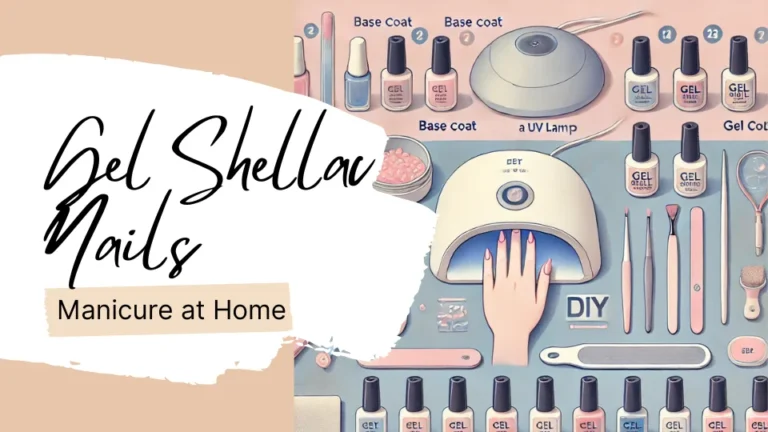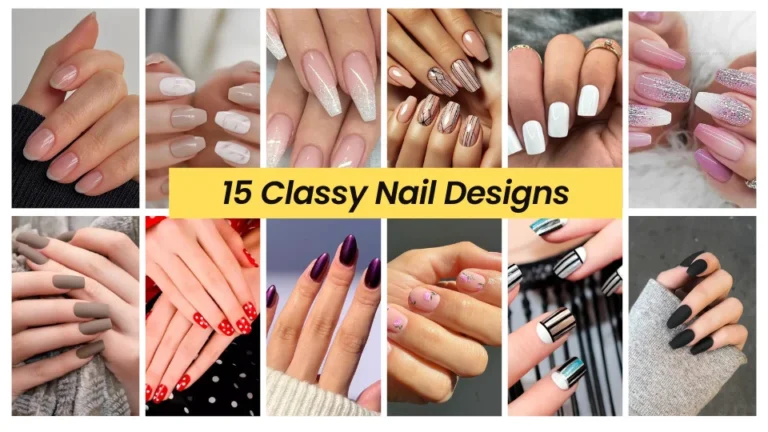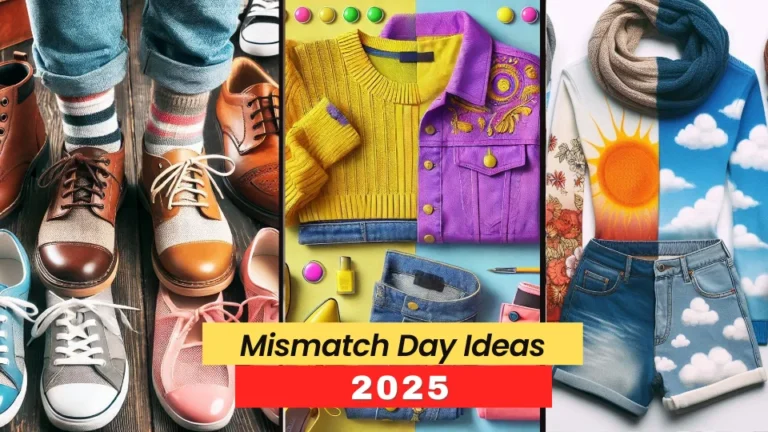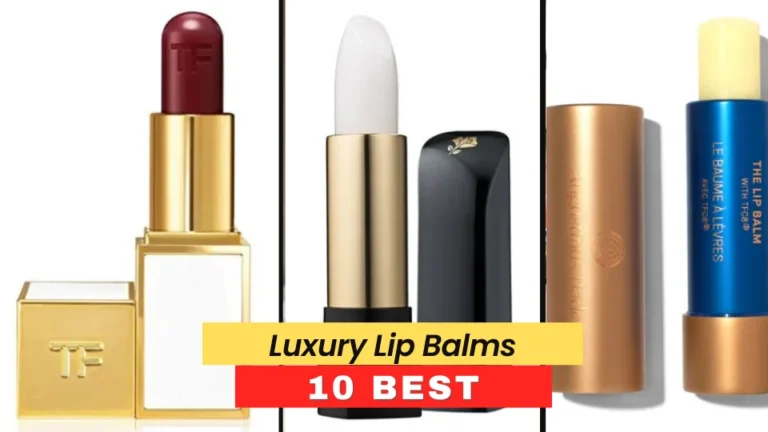Formal Dress for Men: A Comprehensive Guide
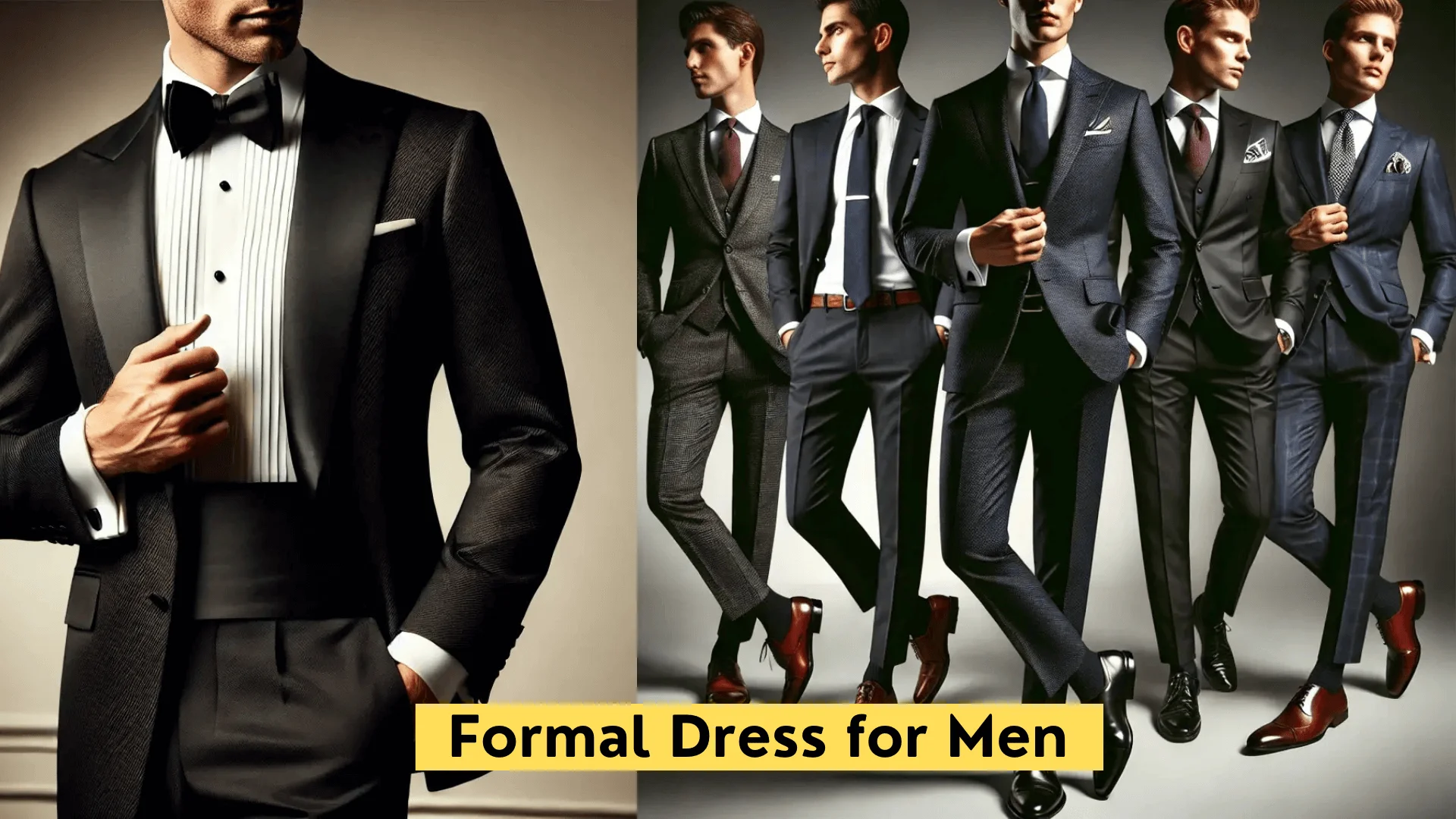
Formal dress for men is an essential aspect of style, etiquette, and professionalism. Whether for business, weddings, or black-tie events, understanding the nuances of formal dress ensures you’re dressed to impress. This guide covers everything from the basics of formal attire to accessorizing, helping you make informed wardrobe choices.
Understanding Formal Dress
What is Formal Dress for Men?
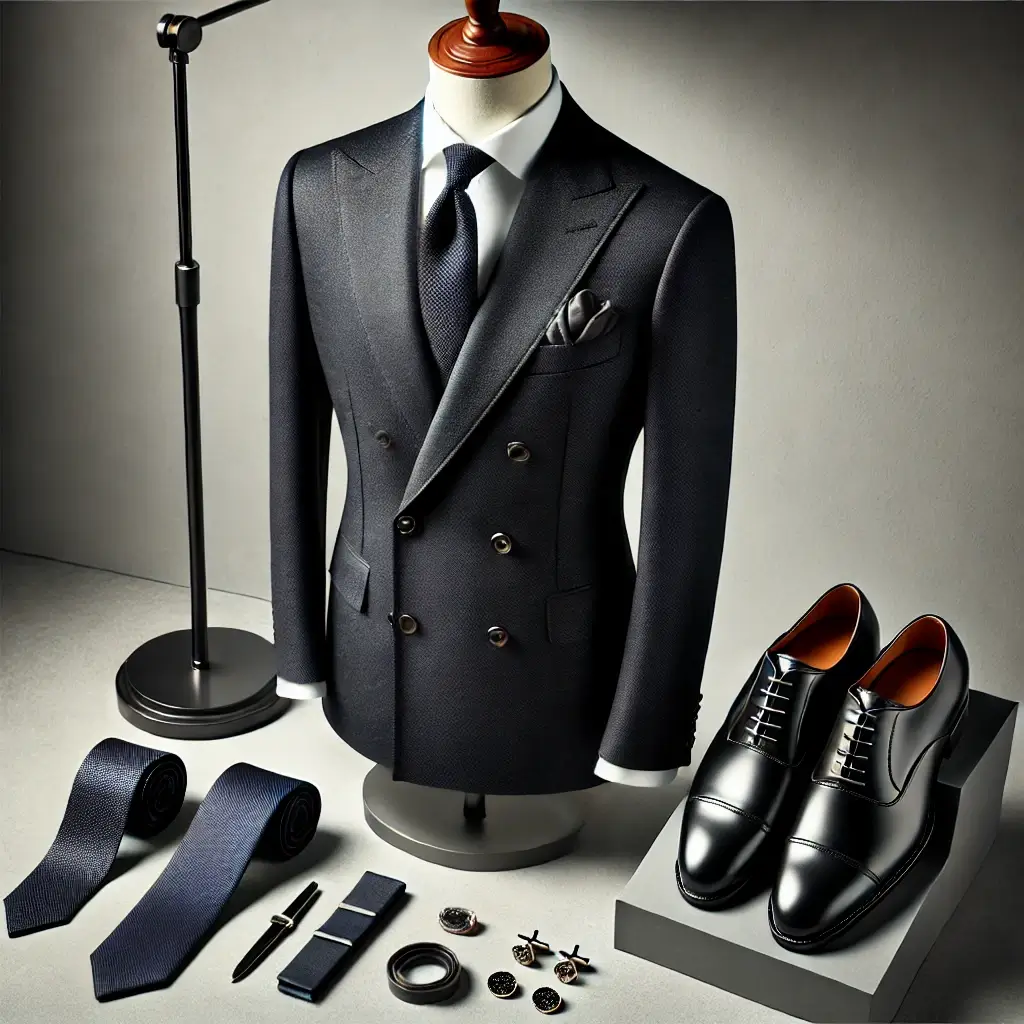
Formal dress refers to a specific dress code that requires sophistication, elegance, and adherence to traditional styling norms. It typically involves suits, tuxedos, or other refined outfits paired with appropriate accessories.
When is Formal Dress Required?
Formal attire is expected on occasions such as weddings, galas, business meetings, award ceremonies, and funerals. The level of formality depends on the event’s context and location.
Components of Formal Attire
The Suit
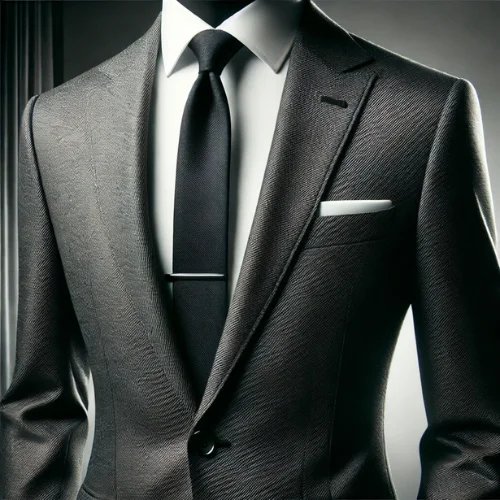
Types of Suits
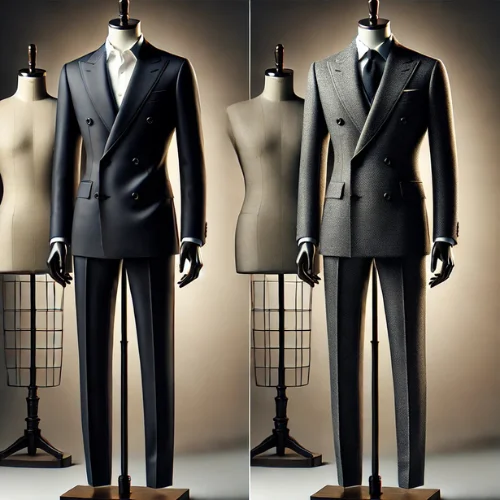
- Single-Breasted Suit: A versatile choice suitable for most formal occasions.
- Double-Breasted Suit: A bold statement, ideal for fashion-forward events.
Choosing the Right Fabric
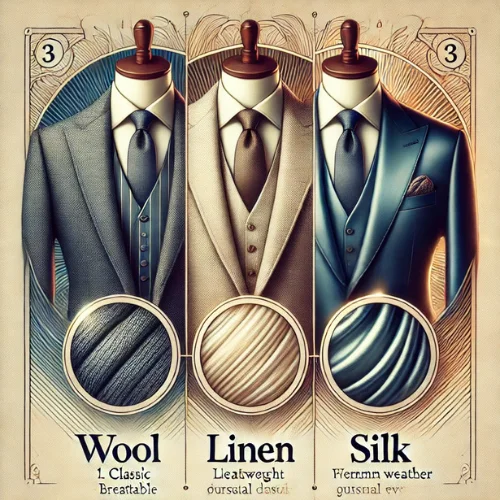
- Wool: Classic, breathable, and durable.
- Linen: Lightweight but less formal.
- Silk: Luxurious and eye-catching.
The Shirt
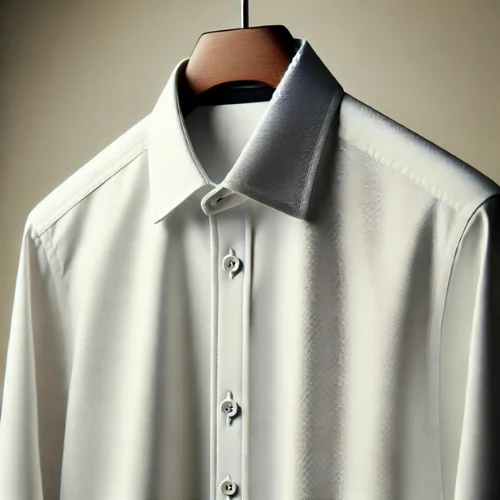
Colors
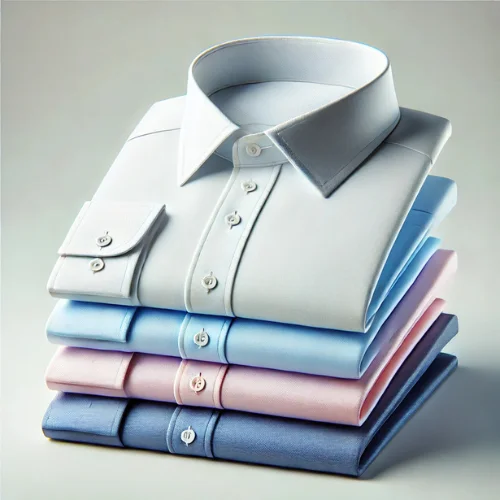
- White: The quintessential choice for formal events.
- Light Blue or Pastels: Acceptable for business-formal occasions.
Collar Styles
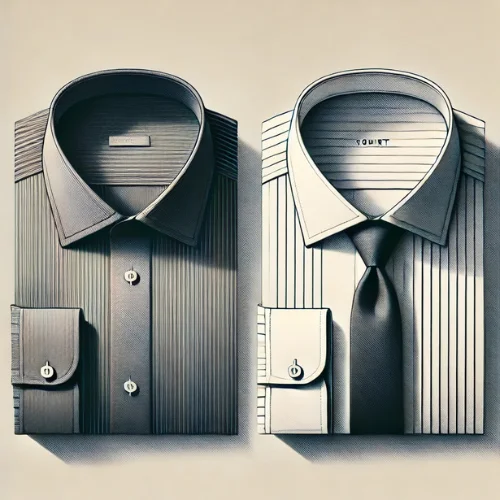
- Point Collar: Timeless and versatile.
- Spread Collar: Modern and elegant.
Trousers
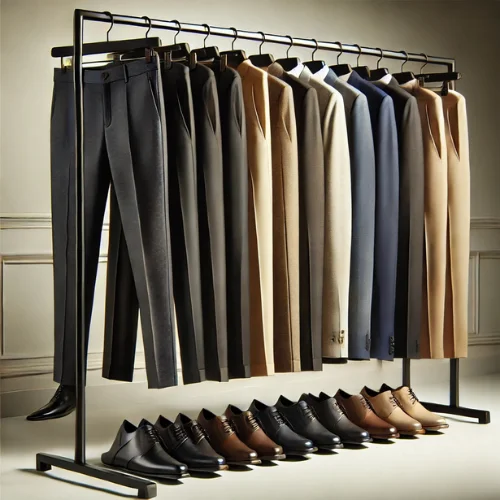
Ensure trousers match the suit jacket’s fabric and color. Opt for a tailored fit to maintain a polished appearance.
Footwear
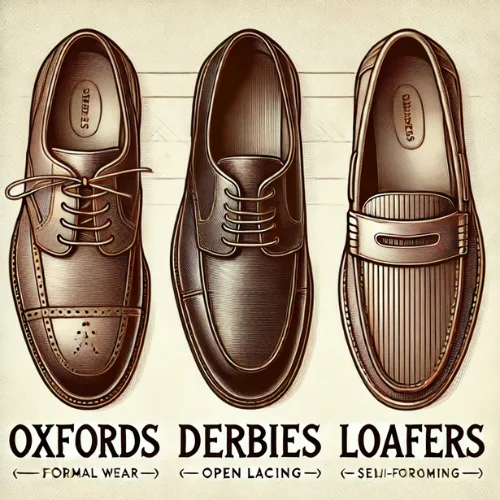
Types of Shoes
- Oxfords: The gold standard for formal wear.
- Derbies: Slightly less formal but still acceptable.
- Loafers: Suitable for semi-formal occasions.
Shoe Colors
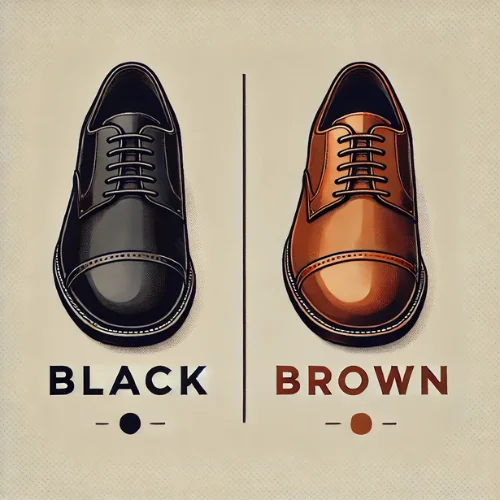
- Black: Universally formal and versatile.
- Brown: Works well with navy and grey suits.
Accessories
Ties
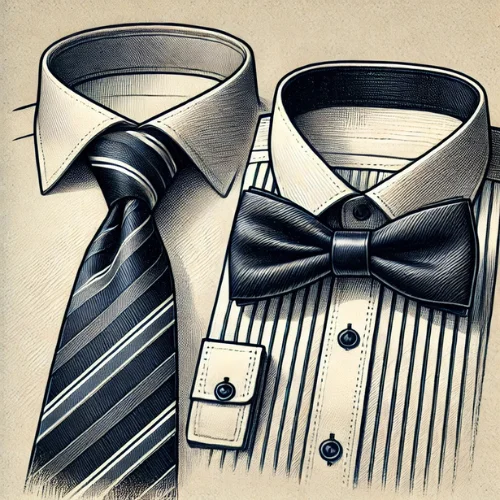
- Necktie: A staple for most formal settings.
- Bow Tie: Essential for black-tie events.
Pocket Squares
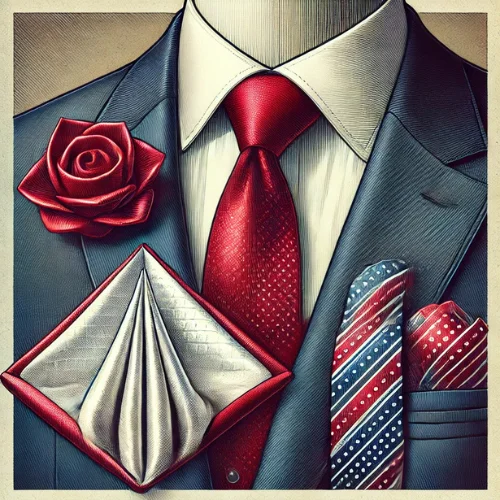
A pocket square adds a dash of personality and flair. Match or complement the tie’s color.
Cufflinks
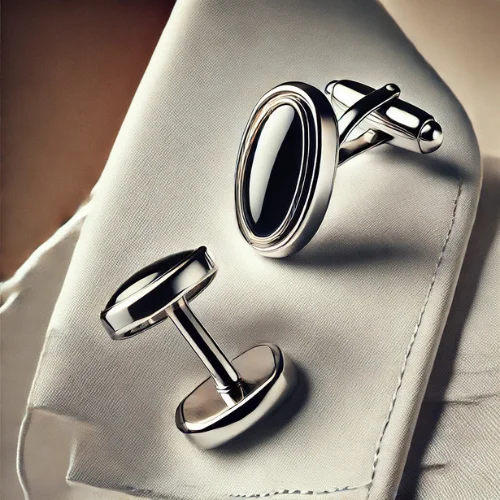
Choose understated designs for traditional formality or unique patterns for a personal touch.
Watches
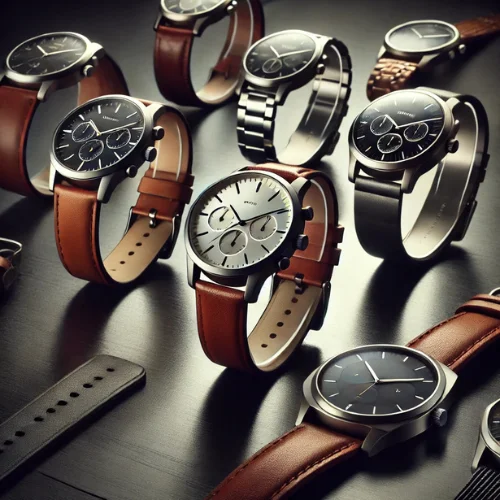
A classic analog watch with a leather or metal strap completes the look.
Types of Formal Dress Codes
Black Tie
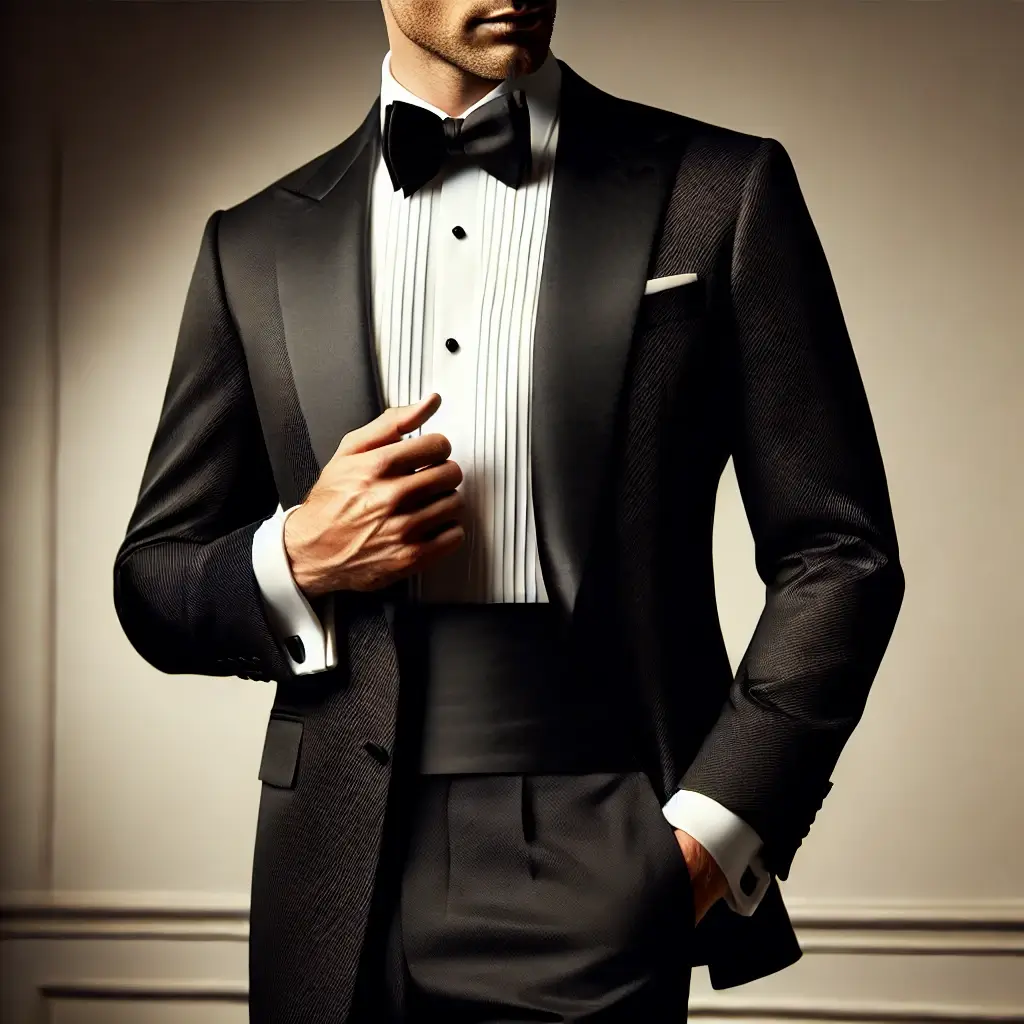
- Attire: Tuxedo, bow tie, and polished black shoes.
- Occasions: Galas, weddings, and awards nights.
White Tie
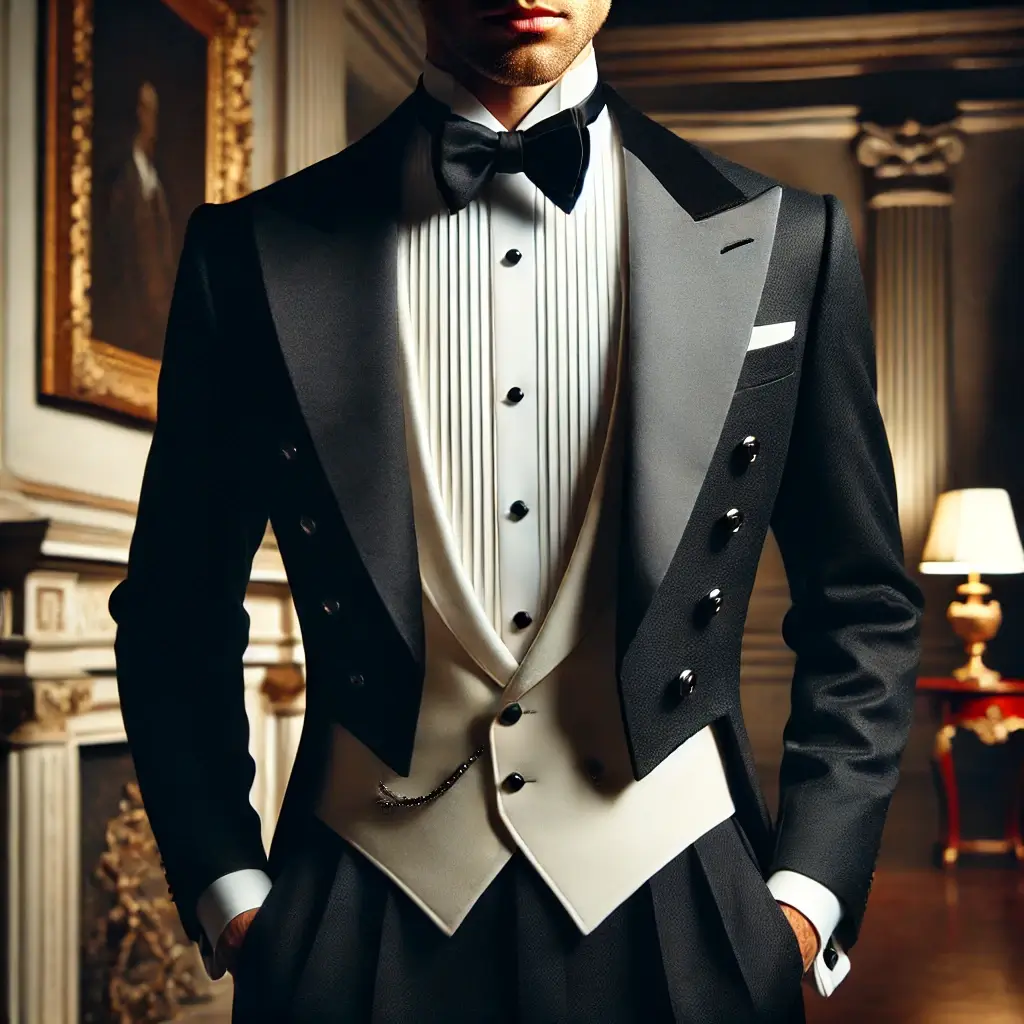
- Attire: Tailcoat, white waistcoat, white bow tie, and patent leather shoes.
- Occasions: State dinners and ultra-formal events.
Business Formal
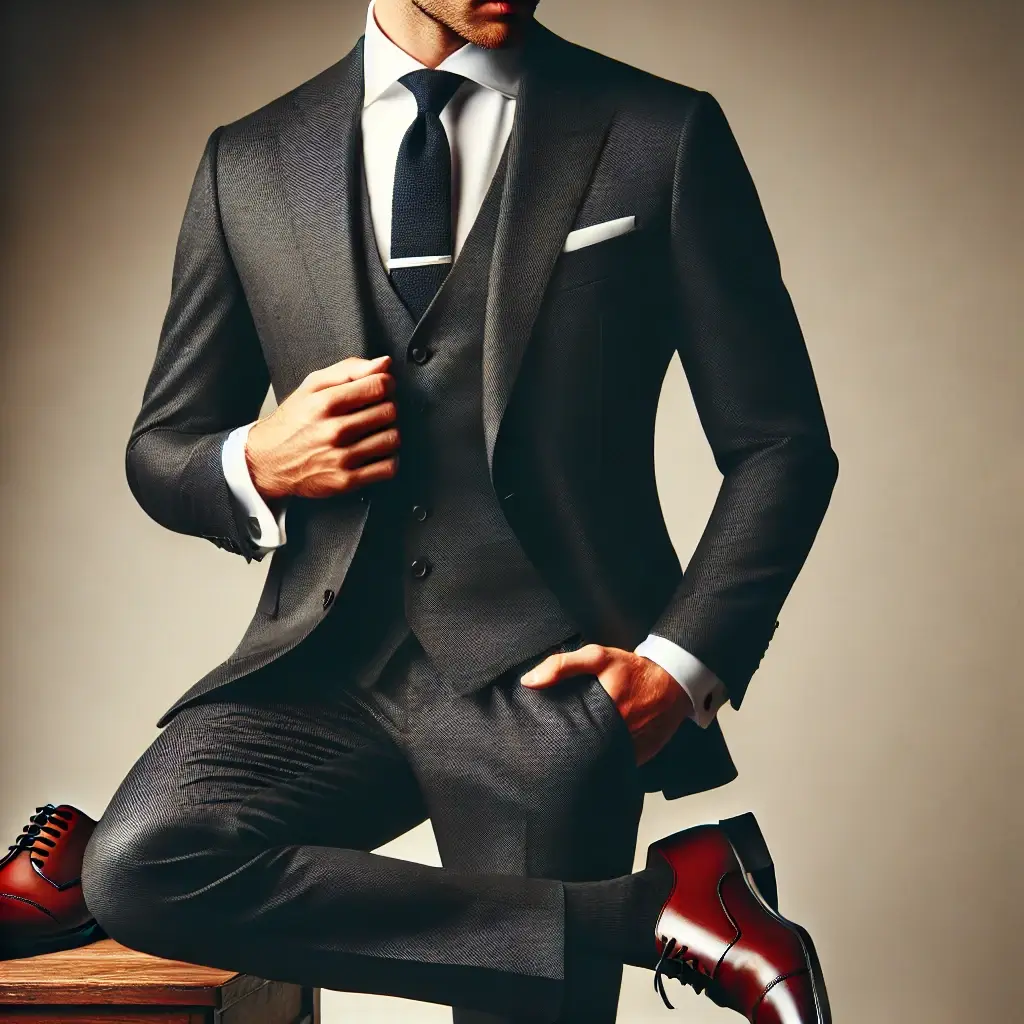
- Attire: Dark suit, tie, dress shirt, and leather shoes.
- Occasions: Corporate meetings and conferences.
Tips for Perfecting Your Formal Look
Fit is King
Ill-fitted clothing undermines even the most expensive attire. Opt for custom tailoring.
Maintain Your Wardrobe
Keep your suits clean, pressed, and free from wrinkles. Regularly polish your shoes and replace worn-out accessories.
Understand the Event
Always align your outfit with the event’s dress code.
FAQs
What’s the difference between a tuxedo and a suit?
A tuxedo features satin accents on the lapels and trousers, whereas a suit does not. Tuxedos are reserved for black-tie events, while suits are more versatile.
Can I wear brown shoes with a black suit?
No, black suits require black shoes to maintain formal consistency.
Are patterned ties appropriate for formal occasions?
Simple patterns like stripes or small dots are acceptable, but avoid overly bold designs.
Do I always need a tie for formal dress?
Yes, unless specified otherwise in the dress code. A tie completes the formal look.
Conclusion
Mastering formal attire for men requires attention to detail, knowledge of dress codes, and an investment in quality pieces. By adhering to these guidelines, you’ll exude confidence and elegance at any formal event.

